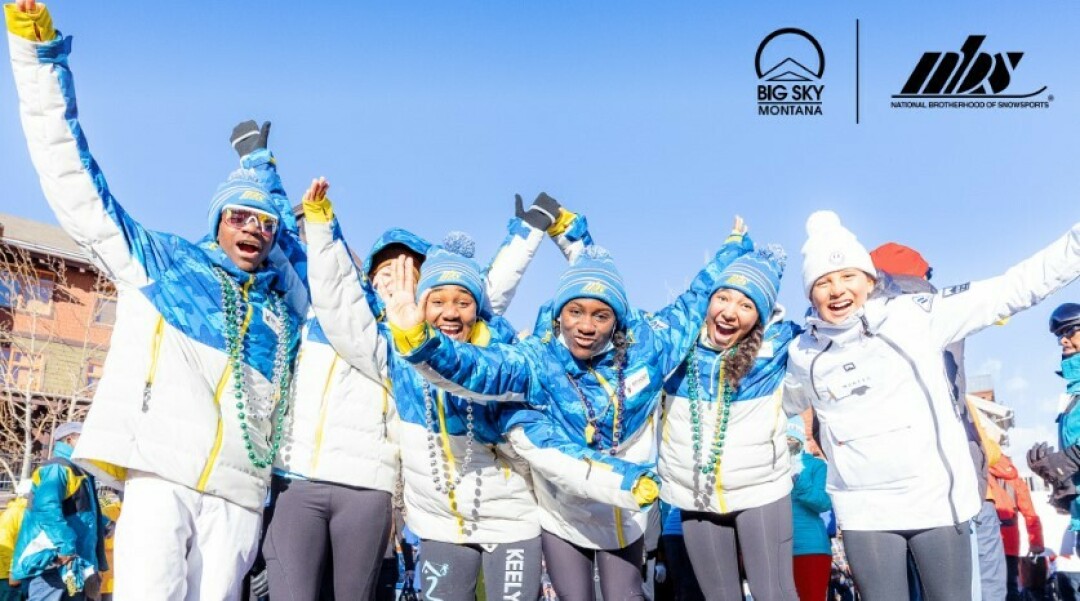FWP concludes field investigation into grizzly bear attack near Big Sky
BIG SKY – Bear specialists with Montana Fish, Wildlife & Parks have concluded a field investigation into a grizzly bear encounter that injured a man south of Big Sky last week.
The attack happened Friday, Sept. 8, in the Yellow Mule area of the Madison Range. During the encounter, one of the victim’s companions fired a pistol at the bear before the bear left. The victim suffered serious injuries from the bear and was flown to a hospital.
FWP staff flew over the area Saturday to look for a bear that may have been wounded. No bears were found during the aerial search, and no collared bears were nearby.
The Custer Gallatin National Forest implemented an emergency area closure for public safety following the incident and ensured that recreationists there were able to leave safely. The closure remains in effect.
FWP grizzly bear specialists and game wardens, as well deputies from the Gallatin County Sheriff’s Office, revisited the attack site Tuesday. They searched the area near the attack site from the ground and with an infrared drone and didn’t locate a dead or wounded bear. However, they found signs of high bear activity, including the remains of a cached animal carcass, whitebark pine middens and bear scat. This evidence indicates the bear attacked defensively in a surprise, close encounter with the victim.
No further management action is planned.
Be bear aware
Montana is bear country. Grizzly bear populations continue to become denser and more widespread in Montana, increasing the likelihood that residents and recreationists will encounter them in more places each year.
This time of year is when bears are active for longer periods as they consume more food in preparation for hibernation. This period overlaps with hunting season and other fall recreation activities.
Avoiding conflicts with bears is easier than dealing with such conflicts. Here are some precautions to help residents, recreationists and people who work outdoors avoid negative bear encounters:
- Carry bear spray and be prepared to use it immediately.
- Make noise to alert bears to your presence and travel in groups.
- Stay away from animal carcasses, which often attract bears.
- Follow food storage orders from the applicable land management agency.
- Keep garbage, bird feeders, pet food and other attractants put away in a secure building. Keep garbage in a secure building until the day it is collected. Certified bear-resistant garbage containers are available in many areas.
- Never feed wildlife. Bears that become food conditioned lose their natural foraging behavior and pose threats to human safety. It is illegal to feed bears in Montana.
People who hunt in places that have or may have grizzly bears—which includes areas of Montana west of Billings—should take special precautions:
- Carry bear spray and be prepared to use it immediately.
- Watch for and be extra cautious around bear sign, creeks and areas with limited visibility.
- Hunt with a group of people. Making localized noise can help alert bears to your presence.
- Be aware that elk calls and cover scents can attract bears.
- Bring the equipment and people needed to help field dress game and remove the meat from the kill site as soon as possible.
- If you need to leave part of the meat in the field during retrieval, hang it at least 10 feet off the ground and at least 150 yards from the gut pile. Leave it where it can be observed from a distance of at least 200 yards.
- Upon your return, observe the meat with binoculars. Make noise while approaching the meat. If it has been disturbed or if a bear is in the area, leave and call FWP.
Grizzly bears in the lower 48 states are listed as threatened under the Endangered Species Act. Management authority for grizzlies rests with the U.S. Fish & Wildlife Service, working closely in Montana with FWP, the Forest Service, the National Park Service, the Bureau of Land Management, the U.S. Geological Survey, Wildlife Services, and Native American tribes. This collaboration happens through the Interagency Grizzly Bear Committee.
For more information, resources and education events on bear safety, visit fwp.mt.gov/bear-aware.







News Comments
This is so typical of a sign in, which we should not have to do to check if we or some one in our party got a permit. I have been working or "creating an account" for 30 minutes and just get the same ...
Smith River permit drawing results available
Sunday, Mar. 10, 2024
I have struggled with this podcast and my own participation therein, the event itself obviously traumatic, but beyond that my inability to reach anyone and convey anything resembling truth. The person ...
Billings, MT Case Becomes True Crime Podcast | 'An Absurd Result'
Marktokarski
Saturday, Jan. 20, 2024
Why not leave those cheerful, colorful garlands up longer? What’s the rush?
Main Street Closed Jan 2
Saturday, Dec. 30, 2023
You do not have the authority to determine what may or may not be sensitive lands! This is an example of extreme overreach on your part.
City of Bozeman, Gallatin County Adopt Sensitive Lands Protection Plan
Friday, Dec. 22, 2023